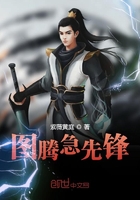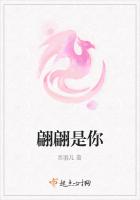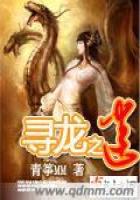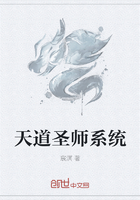"I see you have your Natural History book under your arm, Fred," said Norah. "Have you got something more to tell us about animals?""We have had another lesson about snakes to- day," said Will, "so I suppose Fred wants to have a chat about them now."The three were soon seated round the table, and then Fred began.
"Teacher explained to us that there are two kinds of snakes, which we may call the poisonous and the non-poisonous snakes. Suppose we talk about the poisonous snakes first. Here is a picture of one of them.
"If you look at it you will see, in front of the upper jaw, two long, cur ved, sharp-pointed teeth.
These we call the fangs. We cannot see them whenthe mouth is shut, for these teeth are movable, andthey are then drawn up, and lodged in the gum. "We sometimes call them poison fangs, but this isnot quite correct, for there is no poison in the fangs themselves. Teacher showed us that the poison comes from two bags lodged in the back part of the mouth.
"The fangs themselves are really hollow tubes, and when the snake is about to dart at its victim, not only do the fangs show themselves, but the hollow tubes inside are filled with poison, which the poison-bags pour into them for use.
"These snakes always approach their victim witha stealthy, gliding, noiseless movement, until within striking distance. Then they suddenly dart forward like lightning, and one bite with those fangs is quite enough.
"The sharp teeth not only make a wound, but at the same time they leave some of the poison in the wound, and that soon kills the victim, or makes it insensible, so that the snake may gorge it at its leisure. "Now I want you to look at the snake in the picture once more. Notice the long forked tongue. If you could see the animal alive, its tongue is never still. It is always on the move. It is the snake"s feeler. "It is a curious thing that some people have thought this restless tongue to be poisonous. This isnot true; the tongue is quite harmless. The poison comes only from the bite of the fangs.""I am very glad," said Norah, "that there are so few poisonous snakes in the world.""Ah," said Will, "but you are not quite right, Norah. We have a number of poisonous snakes in this country, chief among them are the moccasin, copperhead, and rattlesnake. The moccasin and copperhead are much more dangerous than the rattlesnake, for they strike whom they meet without warning, while the whiz of the rattlesnake tells he is waiting.















